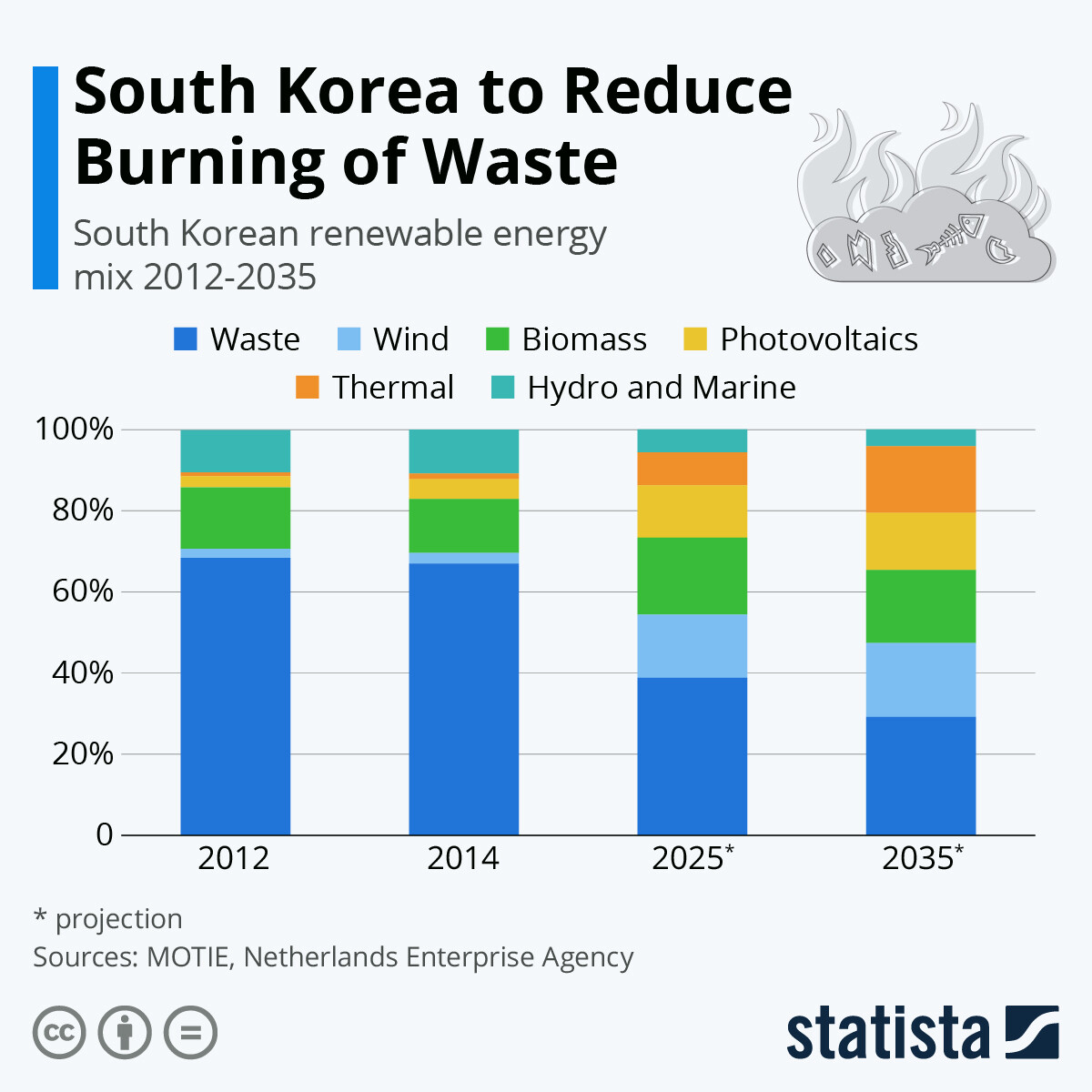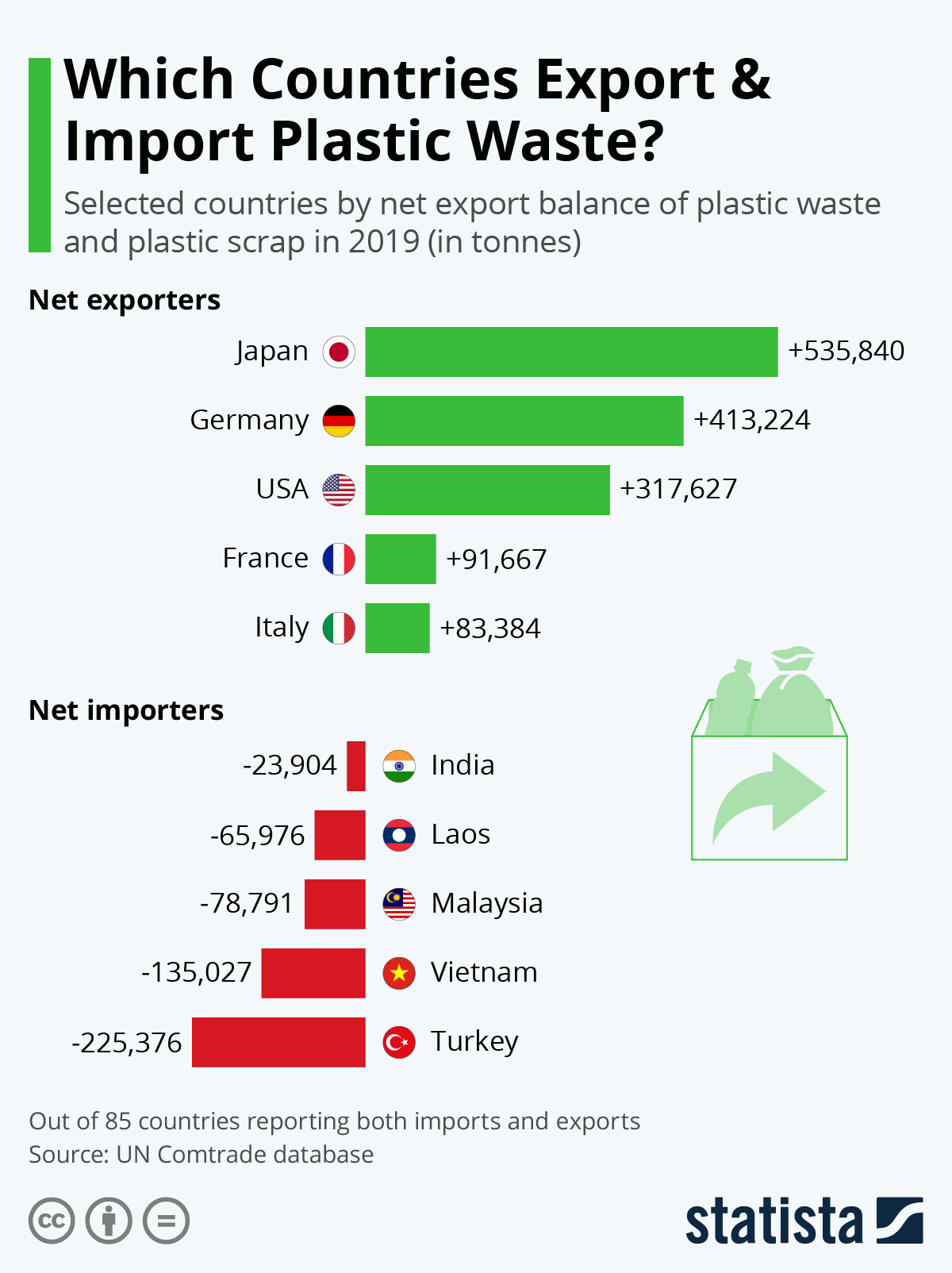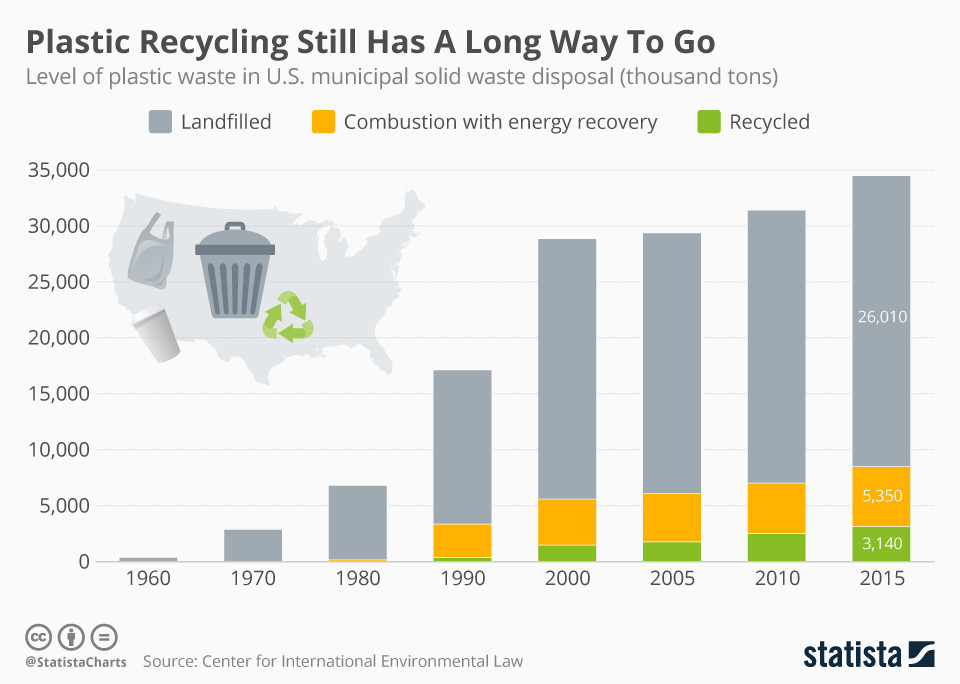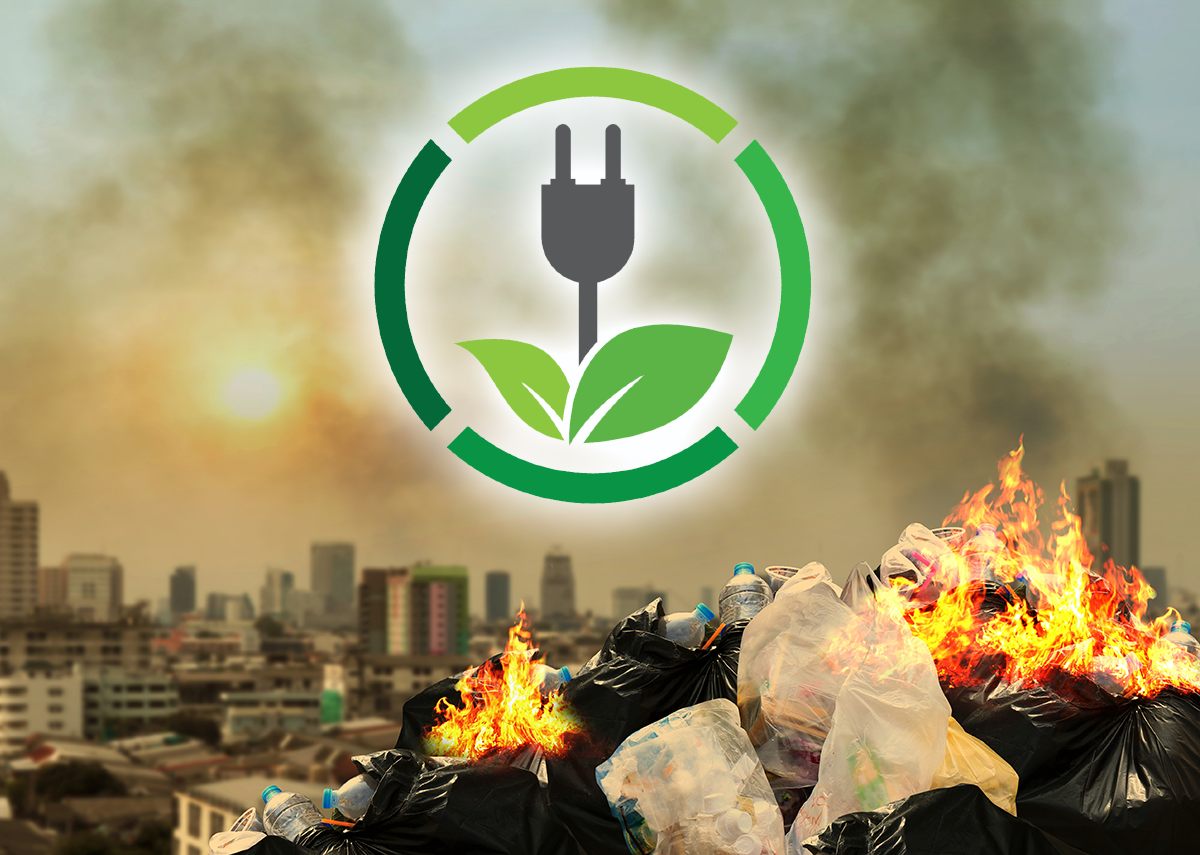EU: Waste incineration is renewable energy
Language selection 📢
Published on: September 27, 2020 / update from: August 7, 2021 - Author: Konrad Wolfenstein
A group of NGOs and companies from the recycling, forestry and chemical industries are calling for the burning of non-recyclable waste to generate energy to no longer be considered renewable energy.
There is currently a lack of understanding about the Federal Cabinet's current decision on the EEG draft (solar brake planned) . Because 97 percent of solar companies are warning of a decline in demand for solar roofs.
Once again, critical times lie ahead for the solar industry. capping of solar subsidies was only recently ended, and Peter Altmaier, the Federal Minister for Economic Affairs and Energy, unpacked the next club without necessity.
Among other things, only newly commissioned photovoltaic systems should be funded if the electricity generated goes directly into the grid without self-consumption. The logic behind it: Every crumb has to be collected so that we can come close to the ambitious goal: 55 percent CO2 emissions savings through renewable energies.
Suitable for:
But there is another aspect that has been completely overlooked: waste incineration .
Suitable for:
- A greener environment with the solar obligation
- When the solar obligation and also the solar carport obligation become necessary
Non-renewable energy can only be used once. It is limited and not available at will. This also includes nuclear power. Nuclear power plants require enriched uranium, which must first be produced industrially. Depleted uranium is produced as a waste product. What happens to this and to the fission products caused by nuclear fission, i.e. highly toxic radioactive waste, is a different topic. On the other hand, fossil fuels cause environmental pollution and global warming by releasing greenhouse gases.
Until then, everything is logically understandable: renewable energy is freely available and does not harm the environment.
For whatever reason, things are different when it comes to waste incineration.
So Euractiv : "A group of NGOs and companies from the recycling, forestry and chemical industries asked European legislators in a letter to no longer see the burning of non-recyclable garbage for energy generation."
Germany also exports plastic waste abroad in “demonstrably” certified recycling facilities. This waste can therefore be integrated into the calculation of recycling rates.
The evidence and control systems cannot be compared with the standard that we use in Germany. This also affects the recycling infrastructure of the target countries. It is often inadequate given our circumstances and standards, but this is deliberately overlooked. In fact, only some of the waste is recycled.
A lot of it is window dressing and the fairytale of the EU's Green Deal has a dark side.
What is not burned here goes abroad. Since 2000, the amount of waste burned in Germany has quadrupled.
Waste incineration in Germany
In Germany, the systems are partly distributed according to the population density. However, some industrial waste and municipal waste must be transported over longer distances. An overview map with basic data for most of the plants can be found at the Interest Group for Thermal Waste Treatment Plants in Germany. v.
Since it is not known when waste is incinerated which ingredients are burned and in what quantities at a certain point in time (e.g. PVC, batteries and electronic components, paint, etc. are critical), the composition of the flue gas and ash varies. In addition to carbon dioxide and water, combustion also produces carbon monoxide, sulfur oxides, nitrogen oxides, but also hydrochloric acid (hydrochloric acid) and hydrogen fluoride (hydrofluoric acid), as well as mercury and dust containing heavy metals. In very low concentrations, highly toxic substances such as polychlorinated dibenzodioxins and dibenzofurans are also formed.
In the past, the cause of waste was caused by the cause of the expansion of the latter substances in the environment, but the Federal Environment Ministry announced in a press release in 2005 that this statement was no longer up to date (“in 1990 a third of all dioxin emissions from waste incineration plants were in Year 2000 less than 1 %”).
- However, there has been criticism of this view because the exhaust gas measurements at waste incineration plants allegedly make a systematic error: Dioxin is hydrophobic, and since there is a lot of water vapor in the exhaust gases, the dioxin molecules crowd into the dust particles that are emitted. However, only the dioxin concentration in the air is measured. This was opposed to the fact that the pollutants were measured by regularly removing flue gas samples with all the particles and then determining the substances they contained.
The exact number and variety of pollutants created and released by waste incineration are actually not known either way. There are only limit values for 40 known airborne pollutants. The danger lies in the fact that a lot of different substances are present when waste is burned. Due to the large number of substances, the danger of individual compounds that only occur in trace amounts can hardly be determined
Suitable for:
- Switch to emission-free energy with a solar facade
- The solar fence as an alternative to autonomous power supply
Garbage export to China
One is inclined to say: the quota must be right. On the one hand, we point the finger at China for polluting the environment without consideration, but on the other hand, we ship our waste there exorbitantly without shame, even if it was mainly industrial waste. Was?
For a long time, China was the largest importer of plastic waste until it imposed an import ban at the end of December 2017.
Malaysia new hub for plastic waste after China exits the market
After the stop through China, new garbage trade routes were quickly found. Malaysia emerged as a new major hub for plastic waste imports following China's decision to ban plastic waste imports in early 2018. The four largest exporters of plastic waste, Germany, Great Britain, the USA and Japan, shipped a total of around 650,000 tons to the Southeast Asian country, which is only 330,000 square kilometers in size.
The four largest exporters accounted for around 50 percent of global exports of plastic waste in 2018, according to the United Nations Comtrade database. Other Asian countries, including India, Thailand, Vietnam and Indonesia, were also popular export destinations but did not come close to Malaysia's numbers. Many Chinese recycling companies moved their operations to the country, which has a sizeable Chinese-speaking population, according to the South China Morning Post. The trade in plastic waste is very diverse worldwide, with major exporters using a variety of different partners in developed and developing countries.
Buyers of plastic waste typically process the material into pellets, which can then be resold to manufacturers and reprocessed into plastic products. Unfortunately, processing plants often burn low-quality plastics that they cannot use, releasing toxins into the air. In other cases, reckless companies dumped the plastic waste illegally, as the Süddeutsche Zeitung observed in Malaysia's Jenjarom district. Residents in Malaysia report growing mountains of garbage and toxic fumes.

You can find more infographics at Statista
South Korea's waste dilemma
Other Asian countries, such as South Korea, are also keen to reduce waste incineration, which is a common method of energy production in the country.
The government in South Korea tightened air pollution regulations in 2017 to reduce smog, which also affected waste incinerators. The number fell from 611 in 2011 to 395 in 2018. South Korea is trying to reduce the problematic waste incineration to 30 percent of renewable energy by 2035, so the renewable energy sector also deserves its title.
Wind energy, photovoltaics and thermal energy should play a larger role.
Suitable for:
Originally, excess waste was exported to China, but since China has tightened regulations on the import of foreign waste, as mentioned above, the waste from South Korea can no longer go there either. This made illegal and semi-illegal landfills popular, which “spontaneously” burst into flames when the time came.

You can find more infographics at Statista
What is Ursula von der Leyen’s Green Deal still worth?
It is revealing what double standards our leaders in the EU use to position themselves. Not everything that glitters is green. It doesn't even begin to have any value. The Green Deal a farce?
Of course, it would now be too easy to point the finger at our politicians. We are all on board and we are all responsible for this development. We have to stop lying to ourselves, the sugarcoating, the arrogance of having better environmental awareness than others.
But at least. A rethink has taken place. We should just be more honest and humble with ourselves.
Suitable for:
Which countries export and import plastic waste?
The global battle over who should handle the world's waste rages on. After China banned the import of plastic waste, other Asian countries have expanded into the sector, which carries the inherent risk of air, land and sea pollution.
While recycling foreign plastic waste can be lucrative, a lack of regulations and oversight in recipient countries has caused a variety of problems. After China backed down, Vietnam and Malaysia became some of the largest importers of plastic waste in Asia, while Turkey also emerged a net importer of European plastic waste Most plastics arriving in Asia pass through Hong Kong .
Experts assume that the flows of plastic waste exported from industrialized nations will continue to shift to countries where there is no regulation (yet). Most plastic waste comes from countries such as Japan, the United States and Germany, which were the largest net exporters of plastic waste and waste in 2019. According to data retrieved from the UN Comtrade platform , Japan sent more than 550,000 tons abroad last year while importing almost no foreign plastic waste, resulting in net exports of around 530,000 tons. Germany was responsible for net exports of 413,000 tons, while the US imported more than 317,000 tons.

You can find more infographics at Statista
Plastic recycling still has a long way to go
In 2019, the Center for International Environmental Law examined the environmental impacts of plastic production and incineration. It found that the life cycle of plastics will add 850 million tons of greenhouse gases to the atmosphere this year, equivalent to the emissions from 189,500 megawatt coal-fired power plants. Plastic emissions threaten the global community's ability to meet its carbon emissions targets. The research also tracked the path of plastic waste and found that only 9 percent of all plastics thrown away in the U.S. since 1950 were recycled, while 12 percent were incinerated.
The plastic that floats in our oceans, clogs our sewers and litters our sidewalks rightly receives most of the attention from activists, but its fate in the waste disposal system is often overlooked. The graphic below shows the total amount of plastic produced annually since the 1960s and what happens to it when it ends up in the trash. Considering how little has been recycled over the years, it's no surprise that most of it ends up in landfill. In 2015, 34.5 million tons of plastic waste was generated in the United States and 26 million tons were landfilled. 5.4 million tons were burned for energy, while only 3.1 million tons were recycled.
Given the scale of global activity against plastic, why is so little of it recycled? Plastic packaging is notoriously difficult to recycle, and it accounts for 40 percent of the total production of plastic products. Even when plastic can be recycled, the process typically involves many steps that require separate collection, long-distance transportation, processing and re-manufacturing. This then leads to high costs and low value of the recycled product, meaning the process is rarely profitable and requires generous government subsidies. A huge amount of plastic is mismanaged, mainly through pollution and open burning. Although the mismanagement rate in the United States is relatively low compared to other developed countries, it is still considered a major culprit in marine pollution as well.

You can find more infographics at Statista
Suitable for:


























